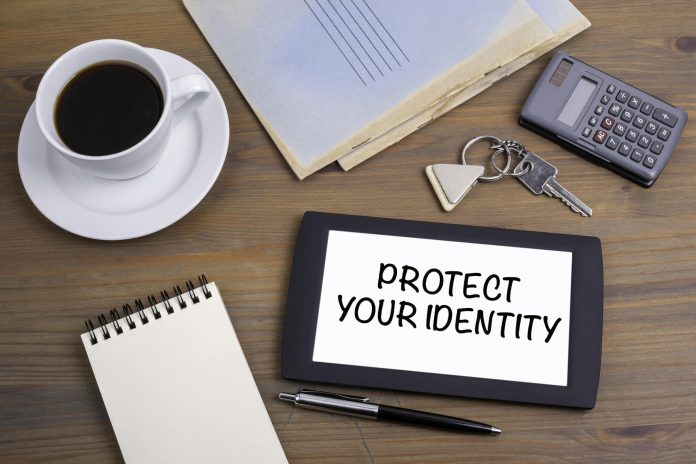Your smartphone is an identity thief’s dream. Personal information and financial records are stored on the device, and whoever has access to it will own your identity. A four-digit PIN or swipe pattern won’t cut it. For strong authentication, use biometrics instead. Your phone’s fingerprint scanner is your best bet. Your phone will know how to unlock it if you have biometrics set up, so that only you can access it.
You should also lock your phone’s SIM card to prevent identity theft. Another way to keep your data secure is to use a ‘kill switch’ feature. You should check the ‘kill switch’ option on your phone before allowing it to access your personal information. Some smartphones have this feature by default, but you should always opt-in to enable it. This way, you will never be tempted to give out your phone’s security code to strangers.
Having a smartphone with your personal information is a prime target for thieves and identity thieves. To protect yourself from this, you should use it discreetly. Do not leave it visible in public places or unattended cars. Lastly, make sure that you’re not keeping your personal information on your phone. If you have a backup of all your data on your phone, make sure to put it in a secure location.
There are plenty of ways to keep your smartphone secure from identity theft. First, you need to remember to change your password as often as possible. This is especially important if you have your smartphone with you everywhere. It’s best to change it regularly. It can save your data in the long run and prevent unauthorized access. If you lose it, you can locate it remotely and wipe the sensitive data from it.
The next step is to use a secure password for all your accounts. Try to use a password that’s at least eight characters long. This is much better than using a simple, one-word password. Besides, you can choose to use a combination of letters, symbols, and numbers. This will prevent unauthorized access to your bank account and credit card information. You should also enable full-disk encryption on your smartphone.
You can protect your smartphone by keeping it secure. You can use auto-locking for the security of your phone. You can also protect your information by enabling a kill switch in your smartphone. In addition to using auto-locking, you can also disable your phone’s settings. It’s also important to read the user’s manual and disable unnecessary features. You should not leave your phone unattended in public places, especially if you leave it visible in a parked car.
Moreover, you should lock your smartphone with a password. This will prevent unauthorized users from accessing your phone. Besides, you should also ensure that your phone is properly secured. For example, a password that includes symbols and letters is recommended. You can also check the ‘kill switch’ feature in your smartphone to prevent unauthorized use of apps. However, some smartphones may require you to opt-in to this feature.
As with any other digital device, smartphone theft can be a big risk to your privacy and wallet. You should take steps to protect your smartphone from identity theft by locking your device, setting up auto-locking, and ensuring that your phone locks automatically when you’re not around. Secondly, lock your device. This will prevent unauthorized access to your phone. Ultimately, it’s crucial to set up auto-locking on your smartphone.
Lastly, make sure to lock your phone. A smartphone with a lock can prevent unauthorized access to the phone’s personal information. Secondly, always make sure to keep your smartphone updated. Keeping it updated is crucial for security. When you update your smartphone, it has security updates that will protect your device from identity theft. So, don’t delay installing these updates. It’s important to stay updated on your devices.








